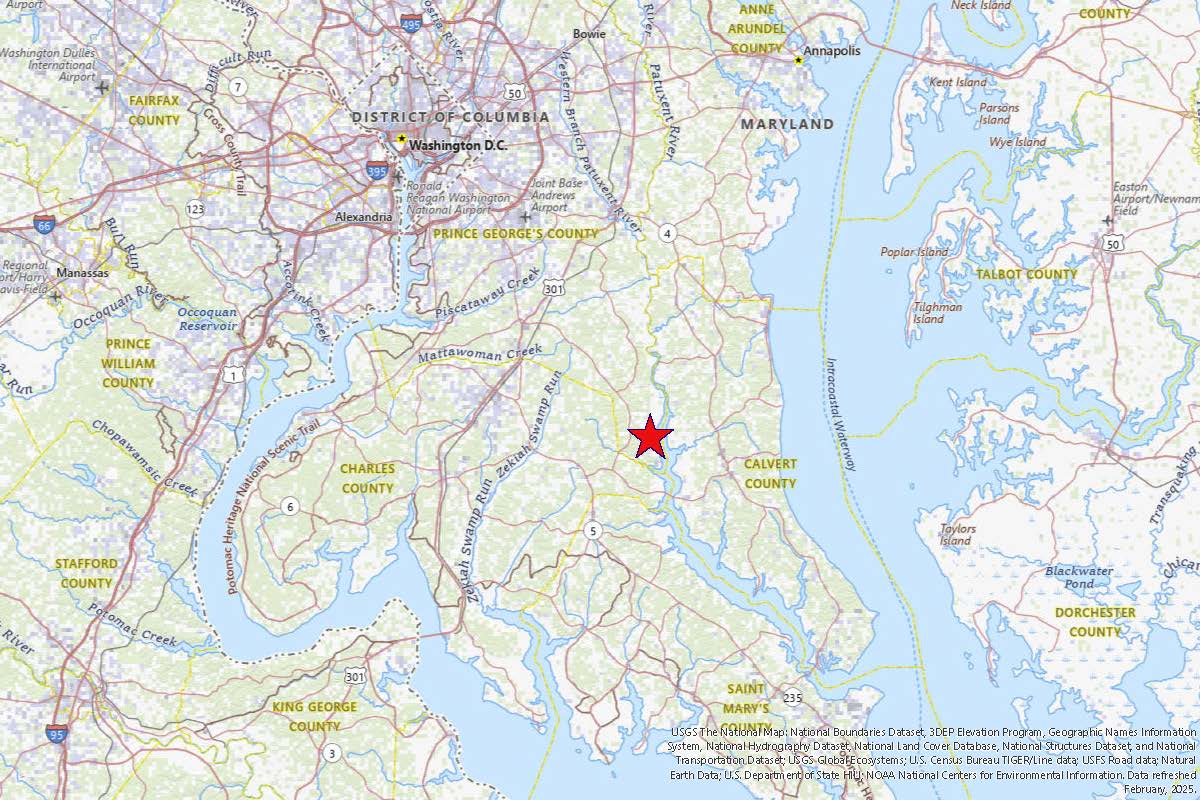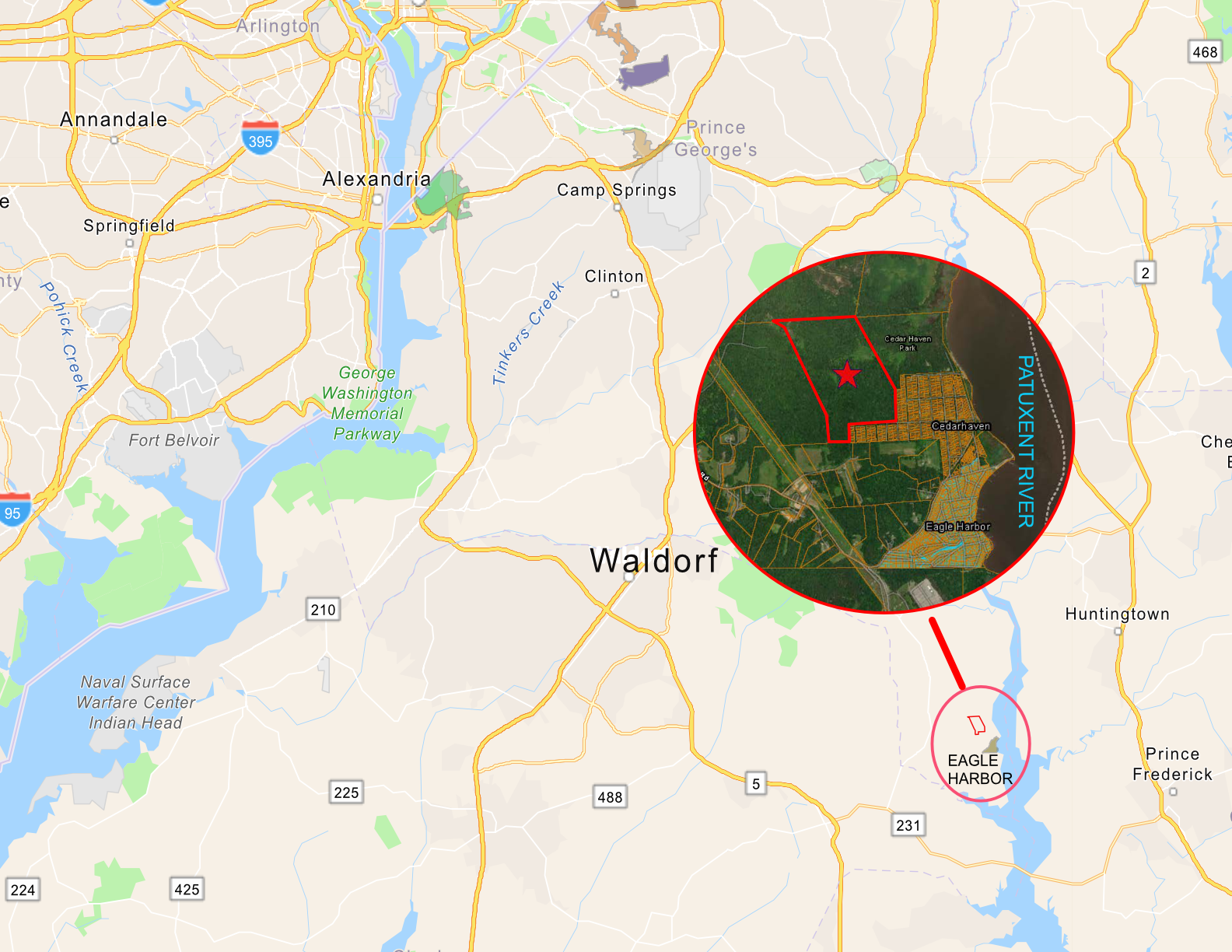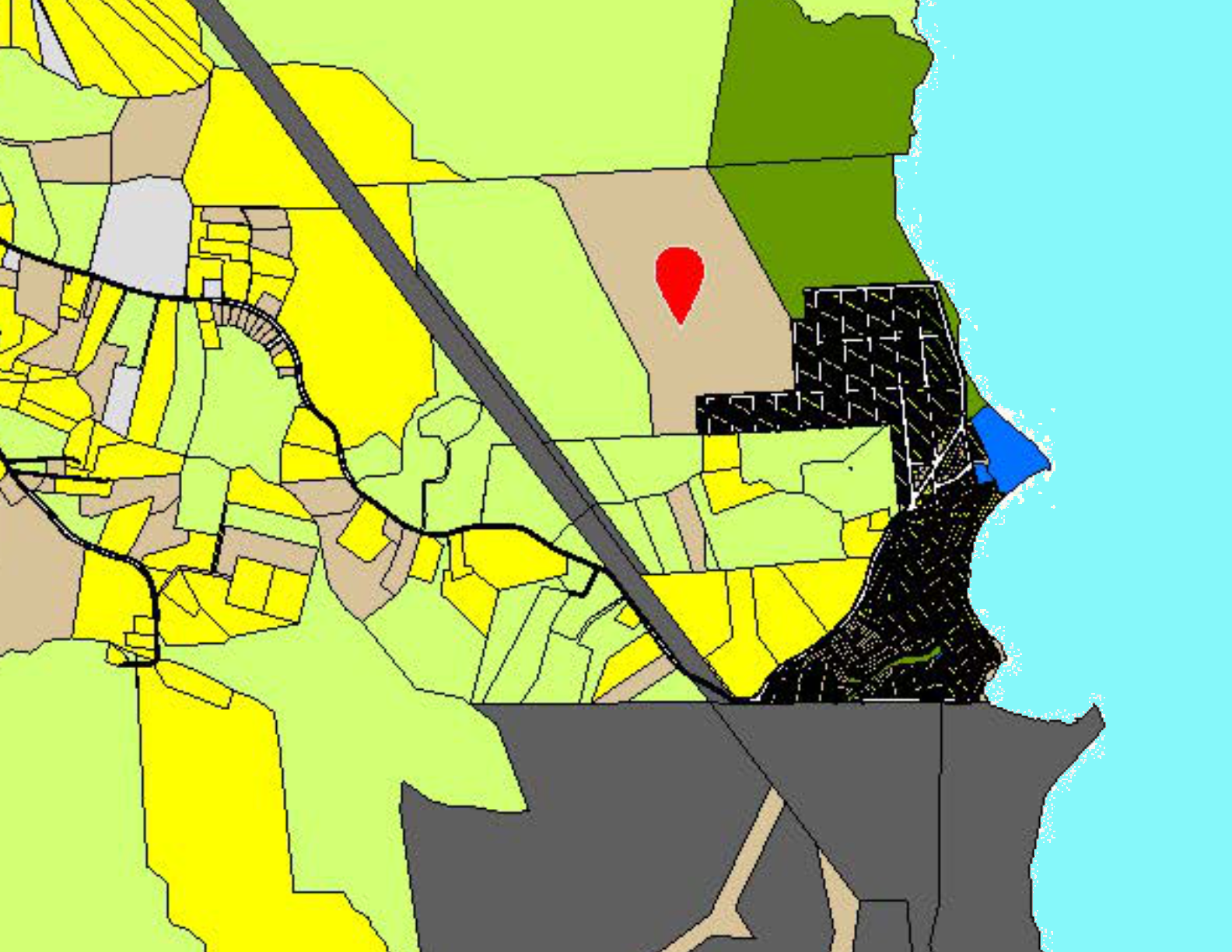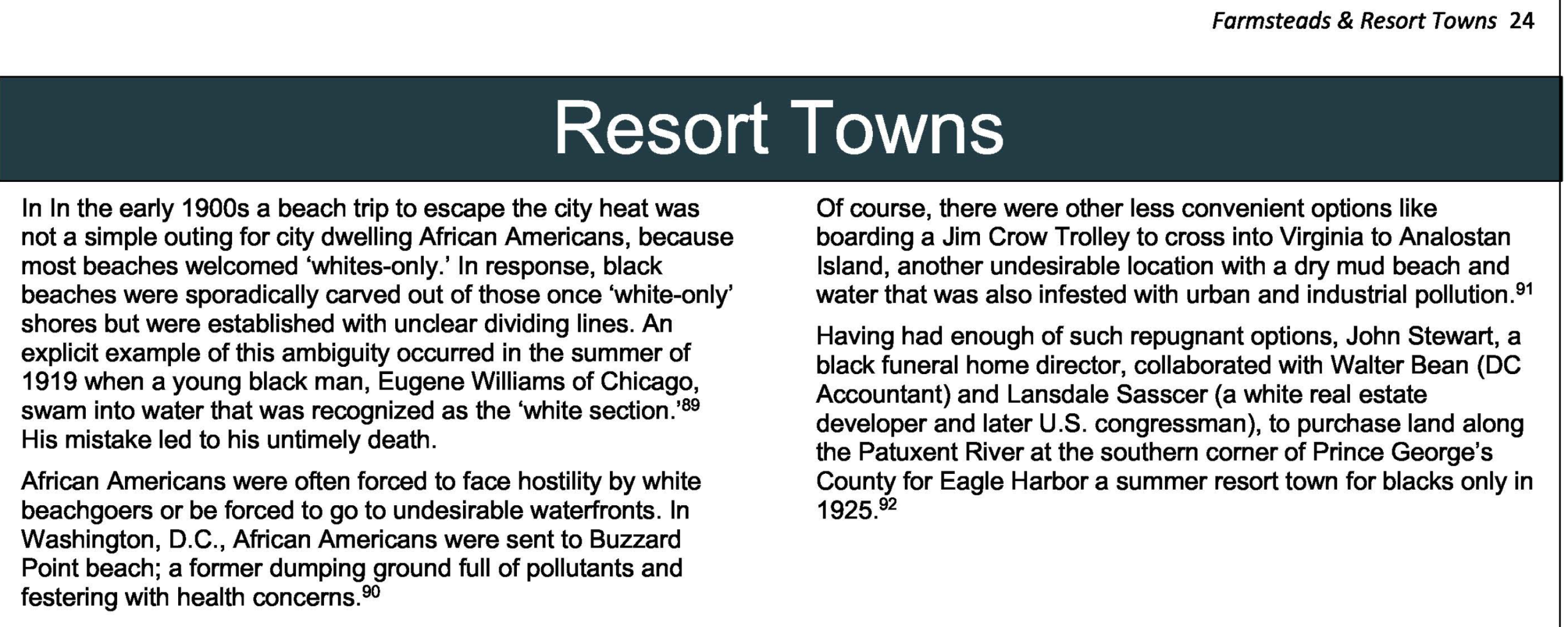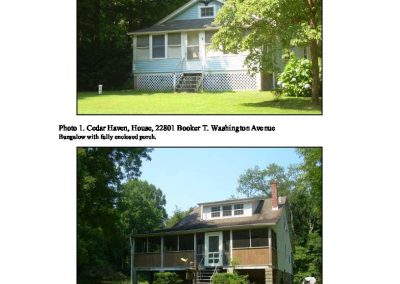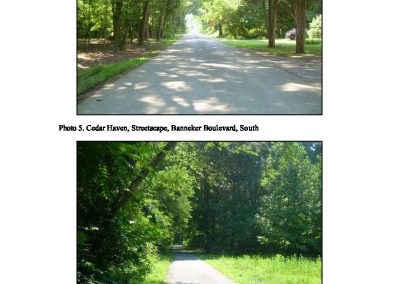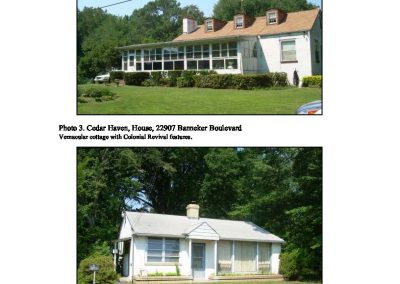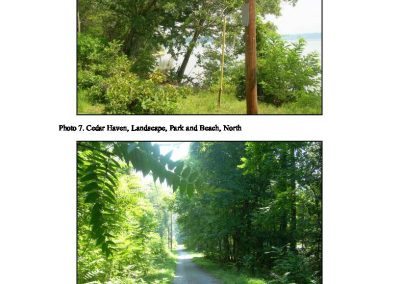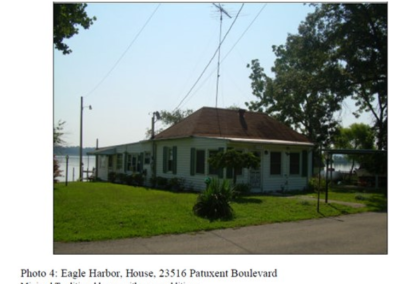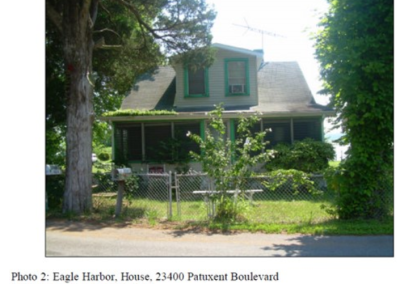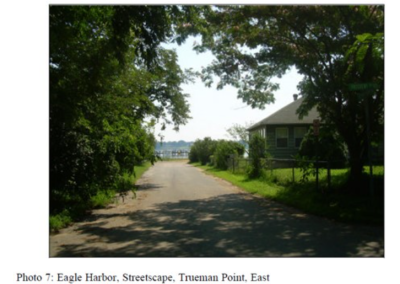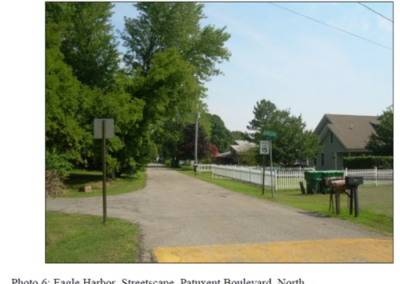RICHARD ALLEN STREET AQUASCO
100 Acres : Aquasco
Area of Historical and Natural Significance
Immerse yourself in the serene beauty of our riverside resort, where history and nature converge to create an unforgettable escape.
The Brooks Parcel, a sprawling 100.63-acre tract nestled on Richard Allen Street in Aquasco, Maryland, holds the promise of a future deeply rooted in its rich past. This land, identified by Prince George’s County tax account 0844712 or 183-B1-016, is more than just acreage; it’s a canvas upon which a new chapter can be written, honoring the historical and cultural tapestry of the Aquasco area, particularly the vibrant communities of Eagle Harbor and Cedar Haven.
Breathtaking Views Await
Preserving a Legacy of Heritage and Nature
Nestled along the riverbank, our property stands as a testament to the rich African-American history that shaped this region. Originally established in the 1930s, this land has witnessed generations of stories and traditions. Our mission is to honor this legacy by offering a space that celebrates both historical significance and natural beauty, inviting visitors to connect with the past while enjoying the tranquility of the present.
Click the buttons below to explore more!
Nestled in the tranquil southeastern corner of Prince George’s County, Maryland, the Aquasco area holds a rich tapestry of history and culture, particularly through its iconic waterfront communities of “Cadar Haven” and “Eagle Harbor,” often affectionately dubbed “Paradise on the Patuxent.” These communities, deeply intertwined with the Patuxent River, offer a glimpse into Maryland’s past, present, and future.
A Glimpse into the Past: "Paradise on the Patuxent" and Its Origins
The very name “Aquasco” traces its roots back to 1650, derived from the Native American term “Aquascake,” signifying the fertile lands between the Patuxent River and Swanson’s Creek. For centuries, this area thrived on agriculture, primarily tobacco.
However, the true cultural significance of this region, particularly for “Paradise on the Patuxent” – a moniker primarily applied to Eagle Harbor – blossomed in the early 20th century. Eagle Harbor, originally known as Trueman Point, served as a bustling river port from the early 18th century, facilitating the transport of tobacco. By the 19th century, the Weems Steamboat Company further solidified its role as a vital steamboat stop, continuing until the 1930s.
Born out of necessity and aspiration during the Jim Crow era, Eagle Harbor was founded in 1925 by a visionary group of African American and white collaborators as a summer resort town exclusively for African Americans. It proudly became the first incorporated African American town in Maryland. Here, teachers and federal workers from Washington D.C. purchased small lots, initially pitching tents that gradually gave way to charming wooden and brick cottages. The community thrived on shared resources, including a communal Artesian Well, and deliberately eschewed overtly commercial establishments like liquor stores and large hotels to maintain its serene, family-friendly atmosphere. Activities centered around the Patuxent River: swimming, boating, bathing, hunting, and crabbing, fostering a strong sense of community and leisure.Adjacent to Eagle Harbor lies Cedar Haven, also a part of this historical narrative of African-American resort communities. While Eagle Harbor saw extensive development, Cedar Haven, though planned, had many lots that never sold, leading to a more natural, densely foliated landscape today, now largely preserved as the Cedar Haven Natural Area. This natural area offers fishing access along the Patuxent River and provides insight into the ecological richness of the region.
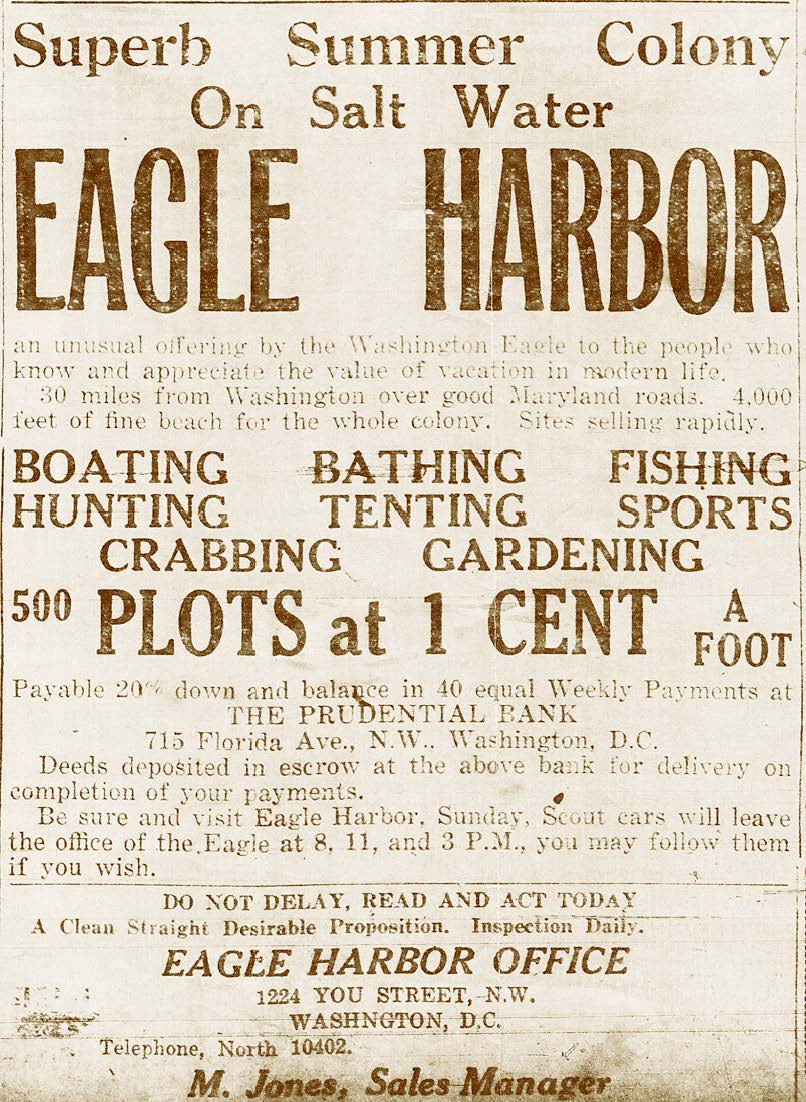
Eagle Harbor
The pivotal moment for Eagle Harbor came in 1925 when developer Walter L. Bean envisioned a resort community for middle-class African Americans from the Washington D.C. area. In an era of segregation, Eagle Harbor offered a much-needed haven, a place of acceptance and recreation. Advertisements in the 1920s hailed it as “a high class summer colony for the better people,” offering lots for as little as $50. The community officially incorporated as the Town of Eagle Harbor in 1929. This history makes Eagle Harbor a significant example of an African American community that developed a resort destination during the period of segregation, a testament to resilience and the pursuit of leisure in challenging times.
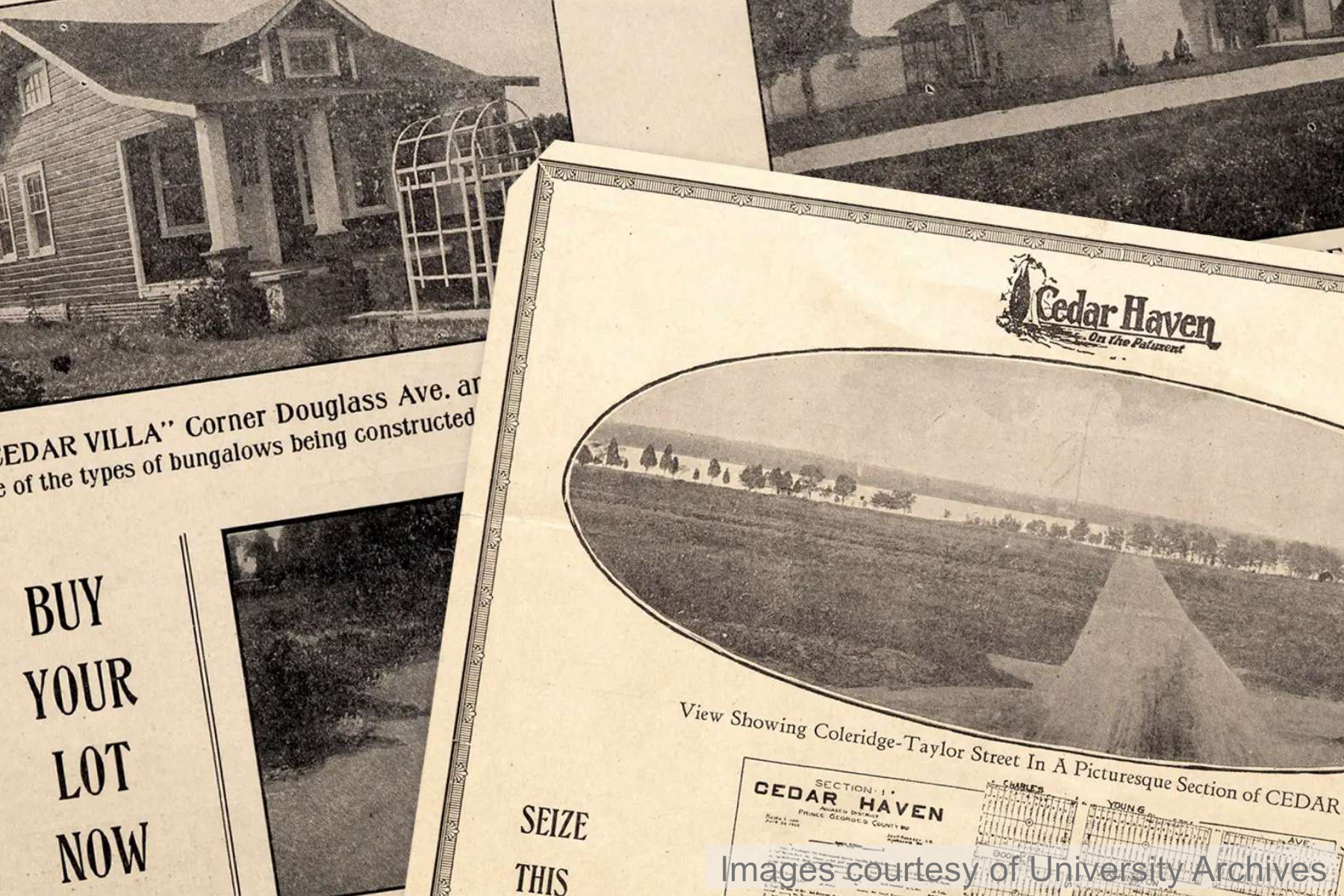
Cedar Haven
Cedar Haven, established in 1926 just north of Eagle Harbor, mirrored this vision, offering another haven for African American families seeking respite. Many of its early homes were “kit houses” from Sears, Roebuck and Company, reflecting a practical and accessible approach to homeownership. While commercial ventures were generally limited, Cedar Haven did host the Cedar Haven Hotel, known for its events and famous chicken dinners, and even a bathhouse for beachgoers. Both communities continue to welcome seasonal residents, preserving their unique charm.
While Eagle Harbor saw extensive development, Cedar Haven, though planned, had many lots that never sold, leading to a more natural, densely foliated landscape today, now largely preserved as the Cedar Haven Natural Area. This natural area offers fishing access along the Patuxent River and provides insight into the ecological richness of the region.
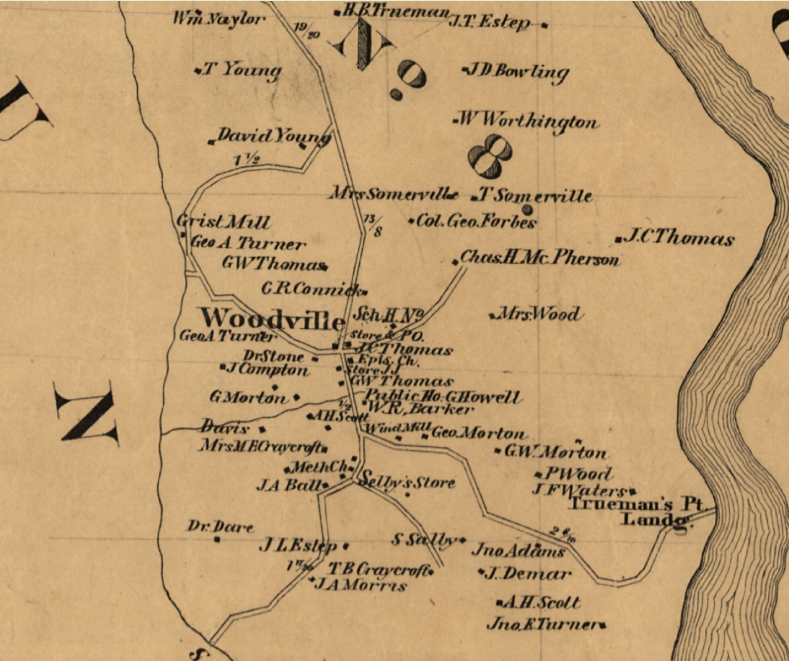
A Land Steeped in History: Aquasco, Eagle Harbor, and Cedar Haven
The Aquasco region, where the Brooks Parcel lies, boasts a history as deep and winding as the Patuxent River itself. Centuries before European settlement, the area was home to Native American groups, including the “Acquaskack” as documented by Captain John Smith in 1608. European land patents in the mid-17th century, such as “Dove’s Nest,” marked the beginning of agricultural pursuits, primarily tobacco cultivation, which relied heavily on the labor of indentured servants and, tragically, enslaved Africans.
By the early 19th century, the village of Woodville, later known as Aquasco, began to coalesce around key crossroads. The post-Civil War era brought profound changes. African Americans, newly freed, began to assert their independence by forming their own congregations, such as the John Wesley Methodist Episcopal Church and St. Phillip’s Episcopal Chapel, and, crucially, by acquiring land. This period saw a flourishing of African American property ownership, a testament to their resilience and determination. Though the lack of a railroad line meant Aquasco retained its rural character longer than some areas, the advent of automobiles eventually provided easier access to urban centers, yet the community largely preserved its peaceful, agrarian essence. Today, Aquasco remains a predominantly rural area with a significant African American population, reflecting its unique heritage.
The Unique Features
The goal is a perfect blend of leisure and nature at to develop this property, where history and serenity meet.
Riverside Recreation
Historical Significance
Nature Preservation
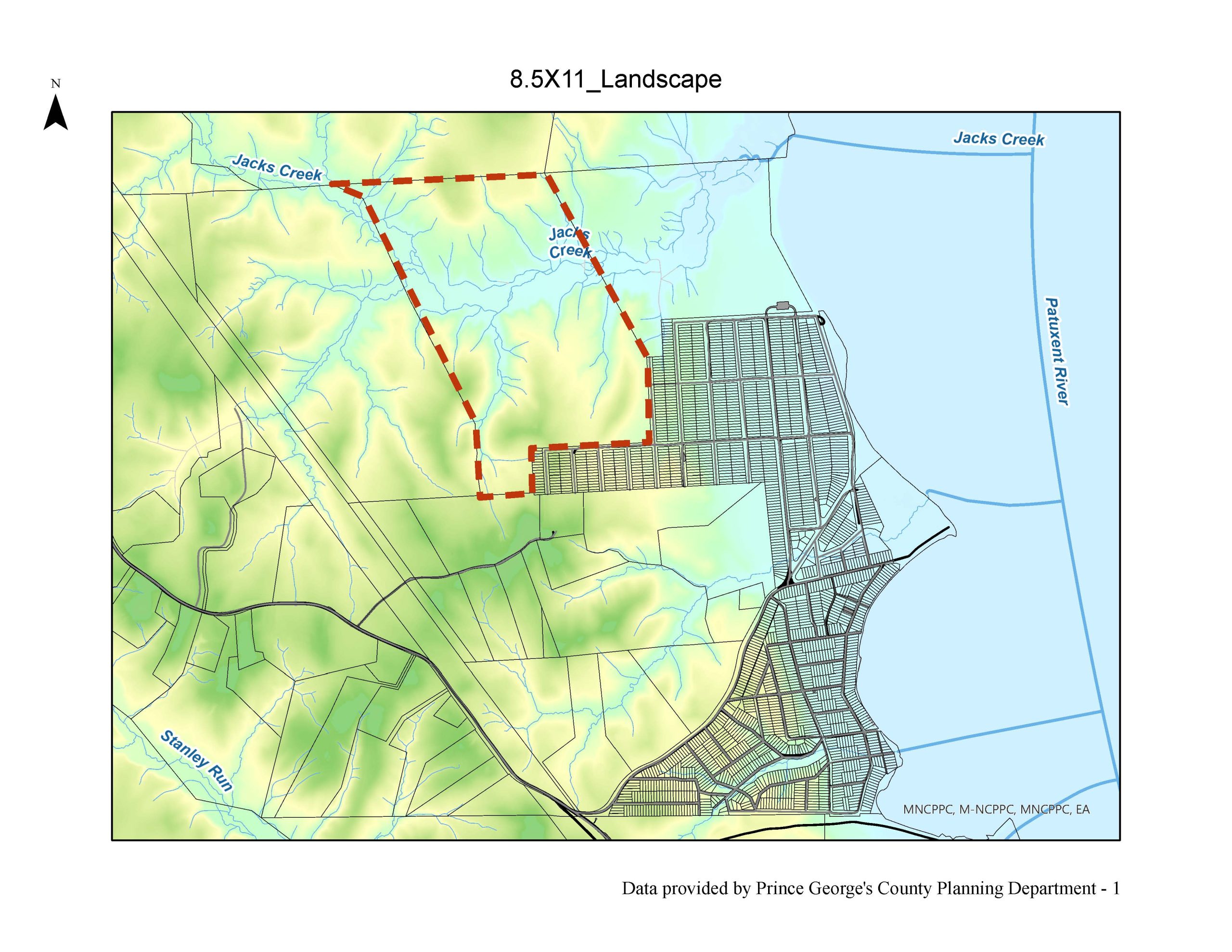
A Future in Harmony
The development of the Brooks Parcel represents an opportunity to create a unique destination that honors the historical and cultural significance of the Aquasco area while providing a luxurious and environmentally conscious retreat. By carefully planning for large-lot homes, a country inn, and cultural or recreational facilities, the development can attract a discerning clientele seeking both natural beauty and a deep connection to a rich, meaningful past. The focus should be on sensitive design, integrating with the surrounding rural and agricultural landscape, and potentially contributing to the ongoing revitalization efforts of Eagle Harbor and Cedar Haven, ensuring that the “Paradise on the Patuxent” continues to thrive for generations to come.
The Brooks Parcel: A Vision for Sensitive Development
The 100.63-acre Brooks Parcel, with its current “AG – Agricultural & Preservation” zoning, presents a unique opportunity for development that respects and enhances the surrounding historical and natural landscape. While the General Plan for 2035 designates the area as “Rural and Agricultural,” this zoning class allows for a variety of uses that could align with a vision of a high-end, culturally sensitive vacation destination.
100.63 Acres of Potential
Agricultural & Preservation Zoning
Adjacent to Public Boat Landing
Potential for panoramic river views
Jack’s Creek adds opportunity for recreation and wildlife observation
Complimentary retail and service may be welcomed
Adjacent conservation areas, barring development

Permitted Uses
- Single-family detached dwellings: This is key for creating a wealthy vacation spot with houses on large lots, maintaining the rural character and offering exclusivity. The vast acreage of the Brooks Parcel would allow for generous lot sizes, ensuring privacy and preserving open space.
- Country inns: This directly supports the vision of a high-end vacation destination, offering luxurious accommodations that blend with the natural surroundings.
- Cultural facilities: A museum, art gallery, or performing arts center could be developed, celebrating the rich African American heritage of Aquasco, Eagle Harbor, and Cedar Haven, drawing visitors interested in history and culture.
- Public parks or recreation facilities: While the parcel is privately owned, the potential for integrating public-facing recreational elements or contributing to nearby public parkland could be explored.
Special Exception
- Private club or lodge: This would offer exclusive amenities and social spaces for residents and guests, enhancing the high-end appeal.
- Commercial outdoor recreation facilities: This could include equestrian centers, hiking trails, or other nature-based activities that leverage the parcel’s natural beauty.
- Campgrounds: While perhaps not aligning with a “wealthy vacation spot” in the traditional sense, a high-end, glamping-style campground could offer a unique, nature-immersive experience.
- Hotels or motels: While Eagle Harbor historically avoided these, a sensitively designed, boutique hotel on the Brooks Parcel could cater to a discerning clientele, offering a different type of accommodation than the historic cottages of the neighboring towns.
Revitalization Initiatives
Heritage Preservation
Community Development
Environmental Sustainability
Economic Growth
Infrastructure Improvements
Cultural Resource Documentation
Tourism Enhancement
Public Engagement
Emergency Preparedness
Grant Acquisition
Municipal Operations
Historic Site Conservation
Natural Area Protection
Community Facilities Upgrade
Water Quality Initiatives
What People May Say
A breathtaking escape that beautifully preserves its historical roots while offering modern comforts.
The perfect getaway for nature lovers and history buffs alike. A truly unique experience!
An unforgettable journey through time and nature. The scenery is simply stunning.
